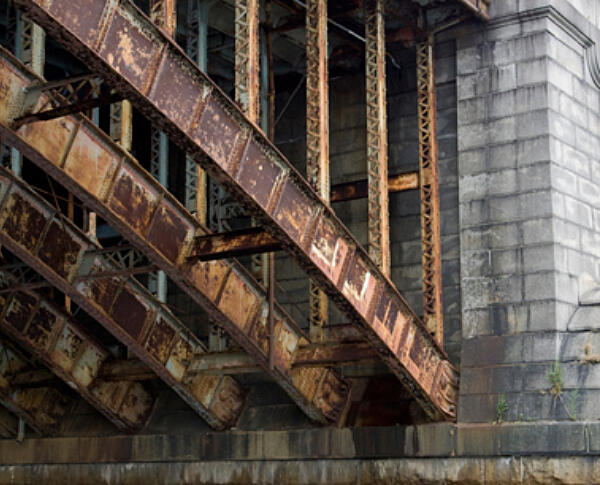Corrosion Science

Corrosion is a natural phenomenon, a chemical process rooted in science. Metals have a tendency after production and shaping to revert back to their lower energy, more natural state of ore (e.g. iron ore). The tendency is known as the Law of Entropy. It is very rare to find metals in their pure state naturally, more commonly, they are combined with other elements to form ores. In the steel industry, great efforts are expended to turn naturally occurring iron ore into steel.
Corrosion is the reverse process of metallurgy. In other words, the energy used to transform ore into a metal is reversed as the metal is exposed to oxygen and water. As the metal is exposed to these elements, the corrosion process begins oxides are formed on the steel surface and in some cases combine with sulfides and carbonates.
Though the study of corrosion and corrosion science have been around for many years, the importance of learning more about them continues to increase. The more the average person learns about corrosion and corrosion mitigation, the safer and more sustainable our world will become. In studies commissioned by the US Government, the annual cost corrosion was found to be 3% of the gross domestic product (GDP), or more than $400 billion. This suggests much more room for improvement in our understanding of corrosion and how to decrease its presence in our society.
NACE International is a great resource to learn more about corrosion and preventative strategies.
